Microsoft Flow Join Array To String
Microsoft flow Power Automate Tags array to string Microsoft flow Power Automate Post navigation. Add a Variables- Initialize variable action Name set to OriginalArray Type set to Array and Value set to the array that you provided.
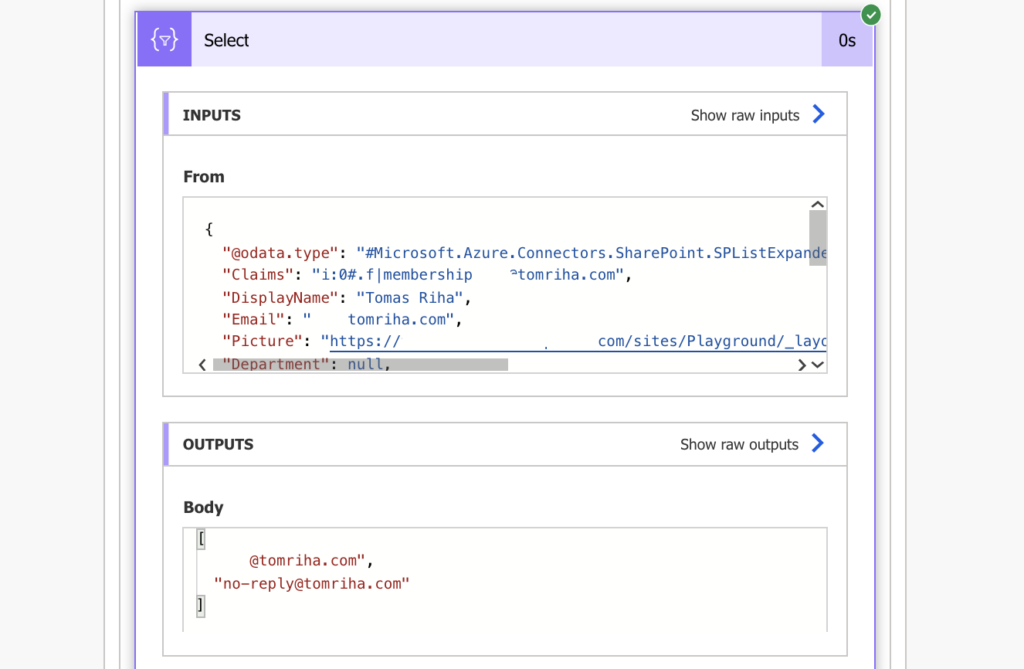 How To Convert Array To A String In Power Automate
How To Convert Array To A String In Power Automate
So lets see that in action.
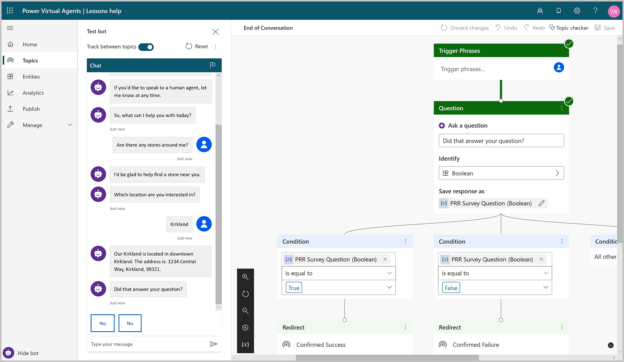
Microsoft flow join array to string. Return items from the front of a collection. The icon looks like a little T in a. The Split function takes a string and separates it at the delimiter to return an array of strings.
Return the last item from a collection. During run time execution we can see that our comma delimited string has a value of abcd and that when we apply the split function our array now has a properly assembled array. When item an item is created.
The working flow is as followed with screenshots below. When we applied an index to the end of our array through an expression of variablesmyArray0 we can see that our variable has a value of. Finally specify the path where the new object property will be written to.
Below the select action add a Date Operation Join action. The secret sauce here is the little icon in the bottom right of the Select action - that switches it from the default behaviour mapping an array to an array of dictionaries to the far more useful behaviour of mapping an array to an array of well anything. To start specify the path to the parent object or collection.
The epiphany came when I checked the run in Microsoft Flow and I realized it was returning JSON. Next specify a property name for each child objects key and a new property name for the properties within each child object. DeriveupperCase mapcolumnNamesupperitem listIndexes mapIndexcolumnNamesindex stringagg reducearraytoStringcolumns stringarray acc item result sortarray sortmapcolumnNamesloweritem compareitem1 item2 sliceArray slicearraytoStringcolumnssizeOfColumnsArray-2 findElements findcolumnNameslefttoStringitem1R filterElements filtercolumnNameslefttoString.
Add a new action search for Join and then select Data Operation - Join. And one such feature is the ability to convert a array to string. Then specify the property subpath within the parent where the array is located.
The collection to join items from and the separator that appears between each character in the resulting string. Add a Variables- Initialize variable 2 action Name set to FinalString Type set to String and Value set to empty. This function requires 2 parameters.
Return a string that has all the items from an array separated by the specified character. Return a string that has all the items from an array separated by the specified character. Return the last item from a collection.
The Join function takes an array of strings and joins them using a delimiter string to return a single string. Looking at the definitions of the two join types it looks like inner join is the one that seems most relevant. Return items from the front of a collection.
Lets now run the flow to see how it behaves. Remove items from the front of a collection and return all the other items. Its not exactly stringjoin but infact there is a JOIN compose operation which does that.
The LEFT JOIN keyword returns all records from the left table table1 and the matched records from the right table table2. Save your flow and then run it. Findings from exploring.
Add a proper trigger here I use Flow Button trigger. The first question I have managed to solve yesterday by simply removing the quotes around null. In our case data that exist in array 1 will always find a matching record in the second array.
Thanks for the reply. Return the number of items in a string or array. First add a Data Operations Select step and click the Text mode switch to get one input box instead of keyvalue pairs.
In the From field pick the output of the select and add pick your join character. Return the number of items in a string or array. In the From box enter the array and in the Join with box enter a semicolon.
After your flow runs the output of the Data Operation Join action will be a string with the addresses joined by semicolons as shown in the following image. The flow overall. And for the second one I was going down a more complicated route building a string of emails separated by then splitting that to form the array then iterate over the array and call the SharePoint REST api to filter the items for each email address.
In the map field pick the property of your data. Remove items from the front of a collection and return all the other items. This solution did send out a single email but the sting produced was a series of odata strings.
Joincollection delimiter Example.


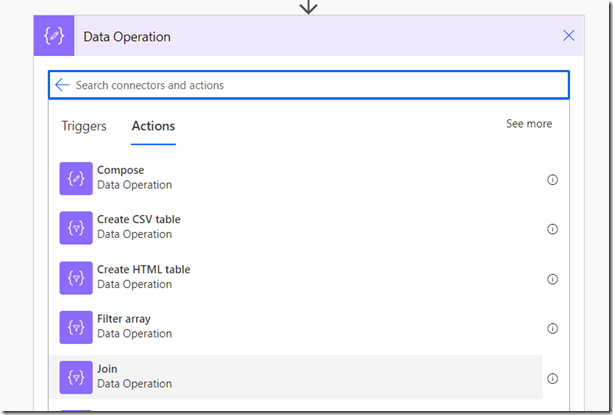 Convert An Array To String In Power Automate Microsoft Flow Debajit S Power Apps Dynamics 365 Blog
Convert An Array To String In Power Automate Microsoft Flow Debajit S Power Apps Dynamics 365 Blog


 Using Microsoft Flows And Ui Flows For Patch And Software Testing Optiv
Using Microsoft Flows And Ui Flows For Patch And Software Testing Optiv
 Convert An Array To String In Power Automate Microsoft Flow Debajit S Power Apps Dynamics 365 Blog
Convert An Array To String In Power Automate Microsoft Flow Debajit S Power Apps Dynamics 365 Blog
 Working With Expression In Microsoft Flow Lazyadmin
Working With Expression In Microsoft Flow Lazyadmin
 How Substring Works In Microsoft Flow Timlin Enterprises Sharepoint And Office 365 Managed Services
How Substring Works In Microsoft Flow Timlin Enterprises Sharepoint And Office 365 Managed Services

 A Quick Overview Of The Microsoft Power Platform
A Quick Overview Of The Microsoft Power Platform

 Microsoft Flow Iterate And Parse Xml File Stack Overflow
Microsoft Flow Iterate And Parse Xml File Stack Overflow
 Convert An Array To String In Power Automate Microsoft Flow Debajit S Power Apps Dynamics 365 Blog
Convert An Array To String In Power Automate Microsoft Flow Debajit S Power Apps Dynamics 365 Blog
 Working With Expression In Microsoft Flow Lazyadmin
Working With Expression In Microsoft Flow Lazyadmin
 Convert An Array To String In Power Automate Microsoft Flow Debajit S Power Apps Dynamics 365 Blog
Convert An Array To String In Power Automate Microsoft Flow Debajit S Power Apps Dynamics 365 Blog
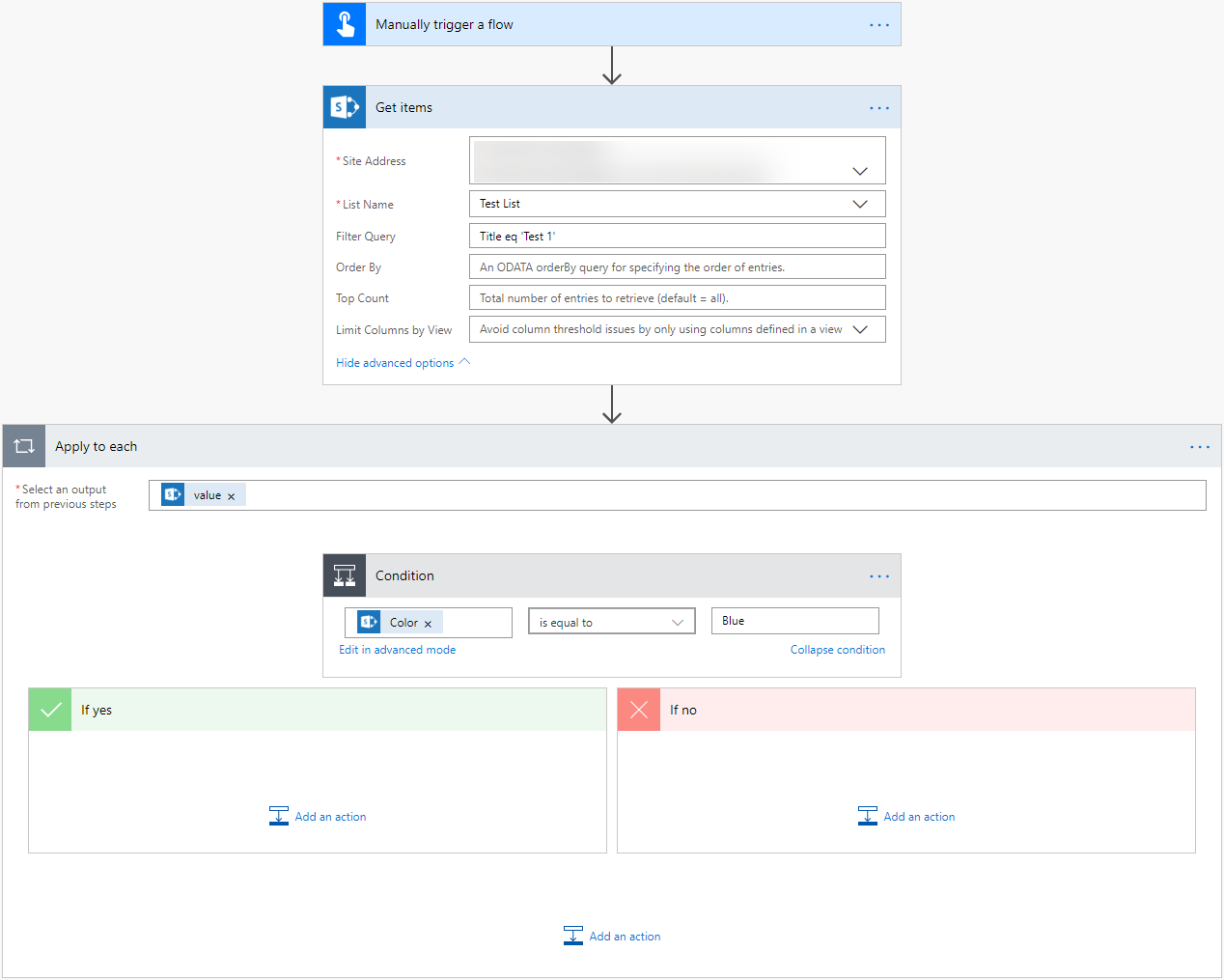 Microsoft Flow 2 Methods To Not Use Apply To Each Action When Only A Single Filtered Item Is Expected Office 365 Basics
Microsoft Flow 2 Methods To Not Use Apply To Each Action When Only A Single Filtered Item Is Expected Office 365 Basics
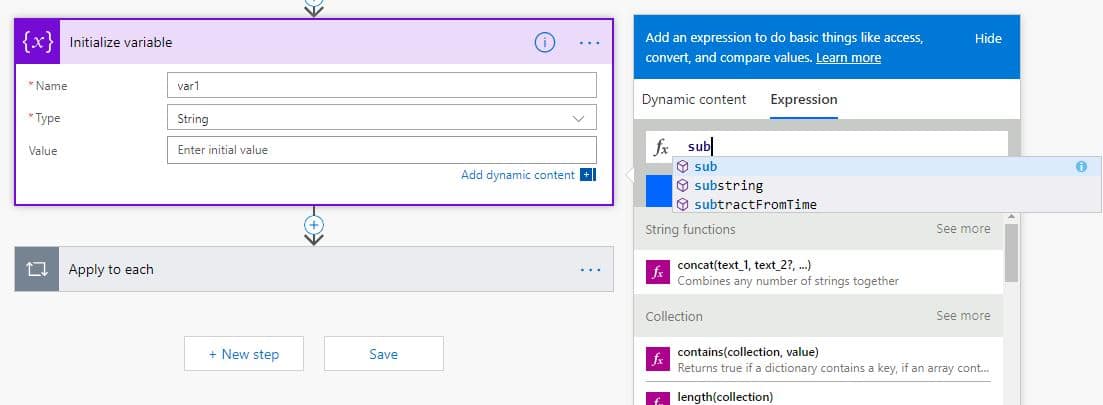 Working With Expression In Microsoft Flow Lazyadmin
Working With Expression In Microsoft Flow Lazyadmin
 Troubleshooting Flows In Microsoft Power Automate
Troubleshooting Flows In Microsoft Power Automate
Post a Comment for "Microsoft Flow Join Array To String"